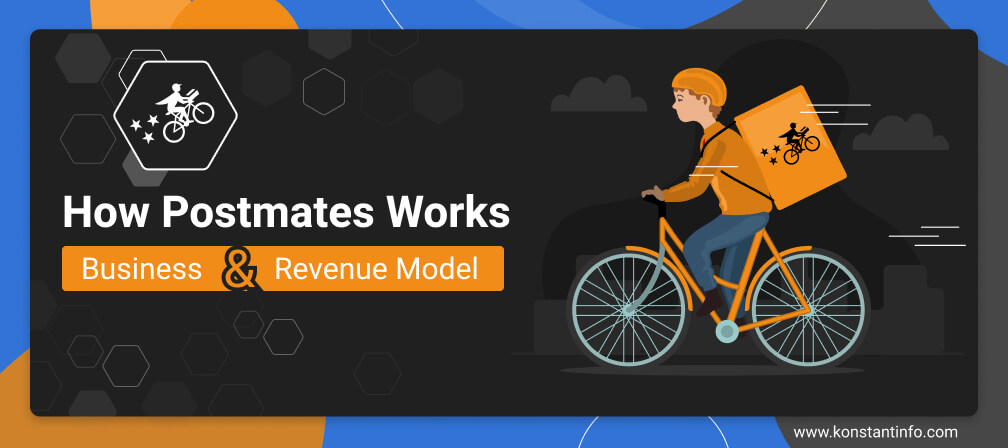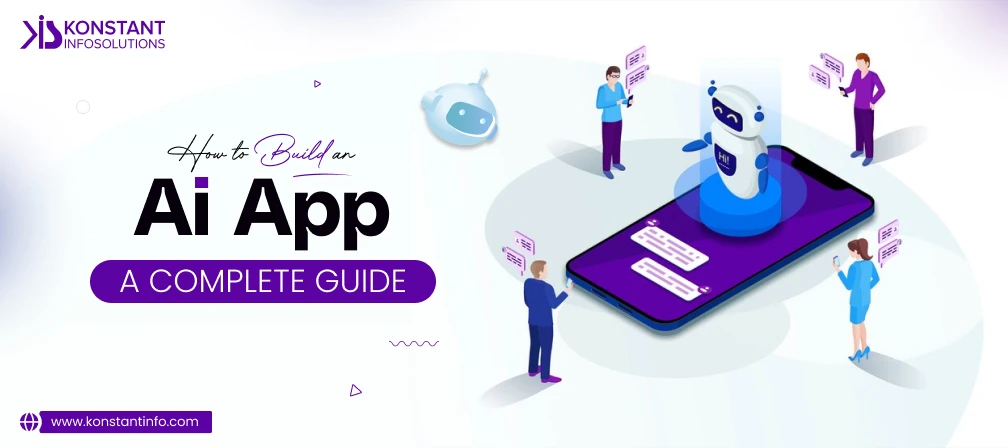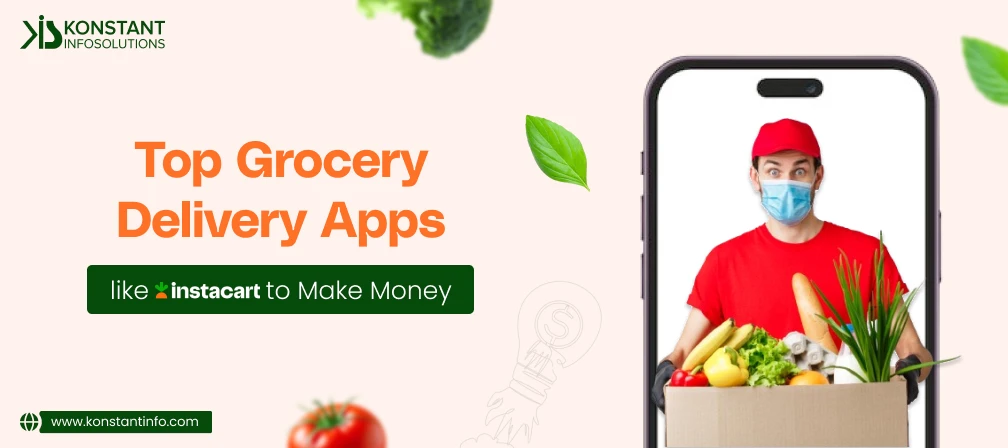
Table of Contents
Postmates’ is a San Francisco based on-demand food delivery platform. It has expanded its fleet of couriers and crossed many million deliveries across the state and beyond. Postmates’ pay $4.43/delivery (average), whereas the median pay comes out at $4.27/delivery. And an average Postmates’ delivery job includes 4.5 miles of driving. Working in a similar model as Uber, the business model of Postmates’ enables customers to order groceries from local stores. They have third-party courier networks aligned with the span across 5 miles in proximity with the selected store and the customer’s location.
See also:
Postmates’ process is easy – users need to browse and search through the items/categories they wish to buy; they need to select the store/restaurant from which they need the items. Payments can be made online – it also depends upon the pick-up and drop-off location. As the order is confirmed, the nearest Postmates delivery person is notified. They go to the designated store/restaurant, pick the items, and leave at the user’s doorsteps, within an hour of placing the order. Meanwhile, users may track or speak to the assigned delivery representative. They can also offer a tip to the delivery person if they like.
Postmates has partnered up with multiple restaurants, stores and courier facilities. This is quite different from other on-demand food delivery platforms like UberEats that has partnered with only a chosen few restaurants.
It was a startup that partnered with some couriers, restaurants, and grocery stores to form a close knit network. They then started taking online on-demand food delivery or on-demand grocery delivery orders for a minimal fee. They initially offered a one hour delivery within the city. To channelize the process and avoid any issues on spot, any new driver/courier guy needs to understand potential hot spots during the weekend evenings or on special occasions. This helps them expedite the round of deliveries during core hours.
Postmates often charges some amount to check the authenticity of the payment option, to ensure that it will remain valid in the coming months and that there are sufficient funds to place the order.
Users may like to have something from a store of their choice, but if Postmate delivery people aren’t available or are not able to pick the selection as desired to get away from the long waiting time spent in queues or poor quality of vegetables available, then this process might simply not work. Chances are that users will either refrain to select that particular store or refrain to rely on Postmates for on-demand grocery delivery.
There are three possible revenue streams for Postmates:
Groceries and food delivery services are basic requirements that had to be carried even during the pandemic. Postmates have channelized the food operations from retail stores and local markets to their customer’s doorsteps, charging a minimal fee as compared to other on-delivery service counterparts. This not only supports small farmers, local retailers but as well as empowers the entire economy. Persisting at low-risk levels, maintaining consistency and driving gradual growth are three key takeaways from this discussion about Postmates functionality. We have a couple of on-demand food delivery apps in our portfolio, follow us for more.



Neeti Kotia is a technology journalist who seeks to analyze the advancements and developments in technology that affect our everyday lives. Her articles primarily focus upon the business, social, cultural, and entertainment side of the technology sector.
Or send us an email at: [email protected]